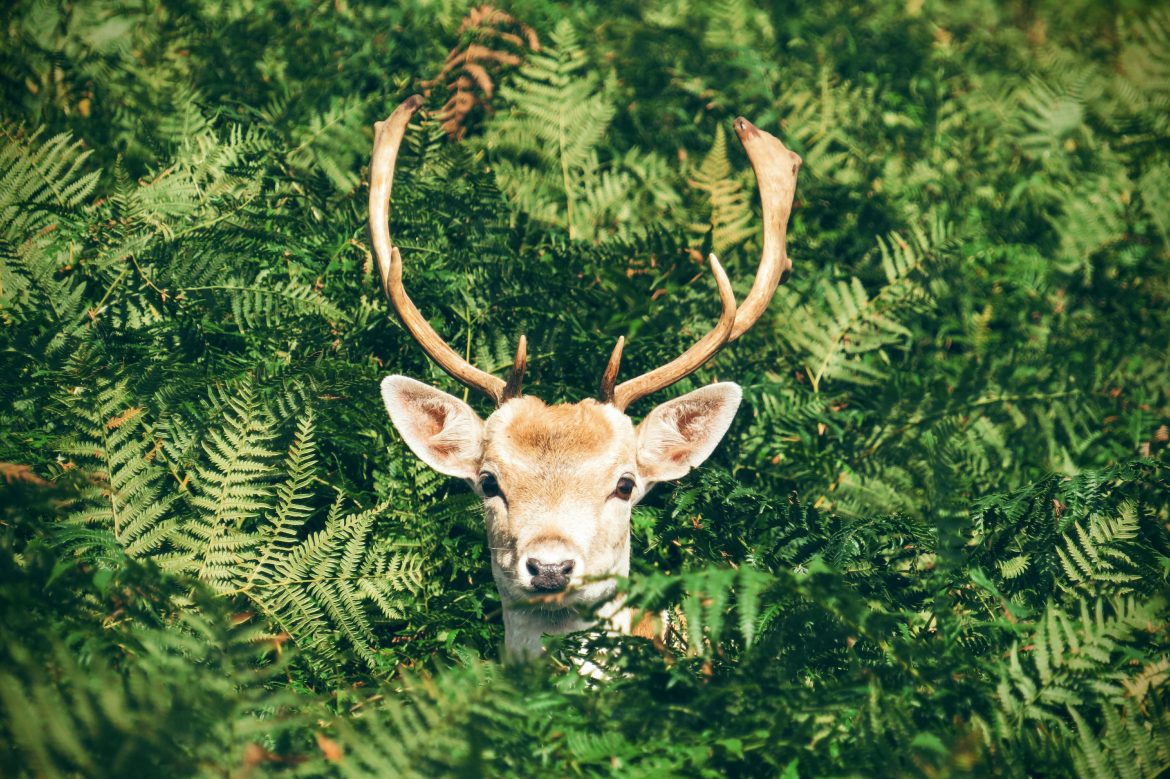
Deer May Hold the Key for Tissue and Organ Regeneration
Lizards and octopuses are able to regrow body parts they lose in moments of danger or during an attack by a predator. Called “regeneration” in biology, it’s actually quite a common skill in the animal kingdom. Grasshopper larvae, worms, starfish and sea urchins can partially regenerate their bodily tissues.
However, the hydra (freshwater polyp) has the capacity to regenerate its entire body thanks to a large number of stem cells in its body. In 2019, scientists discovered that Polycarpa mytiligera, a sea creature found in the Gulf of Aqaba at the northern end of the Red Sea, can regenerate all of its organs even when its body is cut into three separate parts. Quite an exciting finding, as regeneration, is often limited to tissues and organs.
The only mammal known to possess the ability to regenerate a complete organ is the deer. Male deer shed their ossified antlers in the spring and grow new ones rapidly in the summer (about 2 cm per day). This process is completed before the autumn ends and begins again the following spring. Naturally, this change they go through each year excites scientists in terms of organ regeneration in mammals.
A recent study by Chinese scientists on stem cells from deer antlers suggests that clinical applications in human bone regeneration may be possible. By activating characteristic genes, can be used in regenerative medicine for bone or limb regeneration.
Furthermore, some species of mice are known to regenerate the tips of their foretoes. In the study, blastema-like progenitor cells from deer antlers were introduced to the heads of mice, which resulted in the formation of antler-like cartilage formations. Moreover, this structure did not grow from the mouse’s own tissues, but from the transplanted stem cells –which means that the researchers were able to successfully isolate stem cells that could be used for regeneration. Considering that we are genetically closer to mice and deer than to lizards, there is a higher likelihood that these gene-based processes may be used to our advantage one day.
In fact, there is a certain level of regeneration in humans as well. We know that the liver, lungs, kidneys, and pancreas can partially regenerate. But the idea of being able to completely regenerate an organ or limb is exciting. Growing horns, on the other hand, would possibly be something desired by a tiny minority in the world.
REFERENCES
- 1. https://www.sciencedaily.com/releases/2021/05/210503104813.htm
- 2. https://www.nature.com/articles/s41419-019-1686-y
- 3. https://phys.org/news/2023-03-regenerating-bone-deer-antler-stem.html
